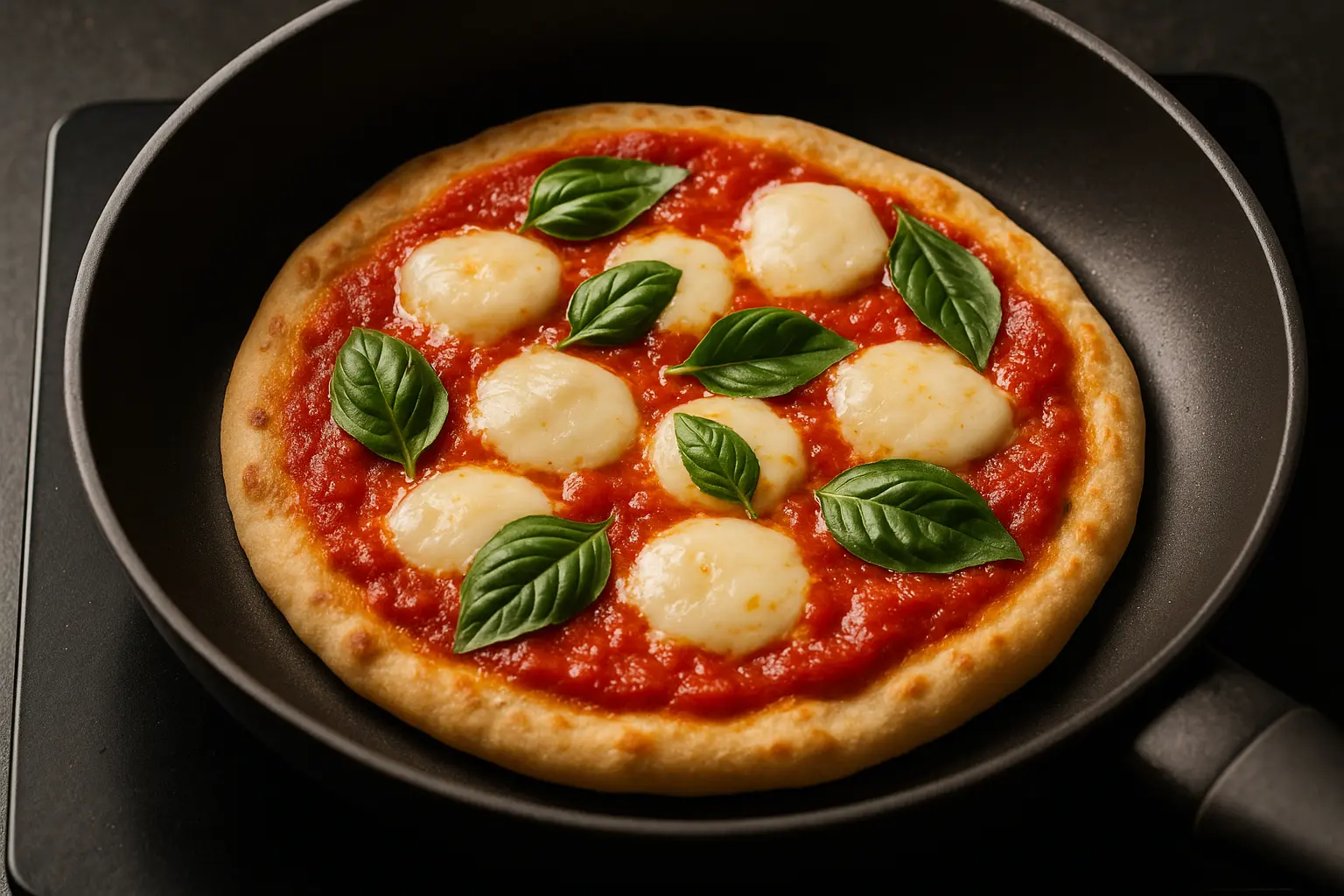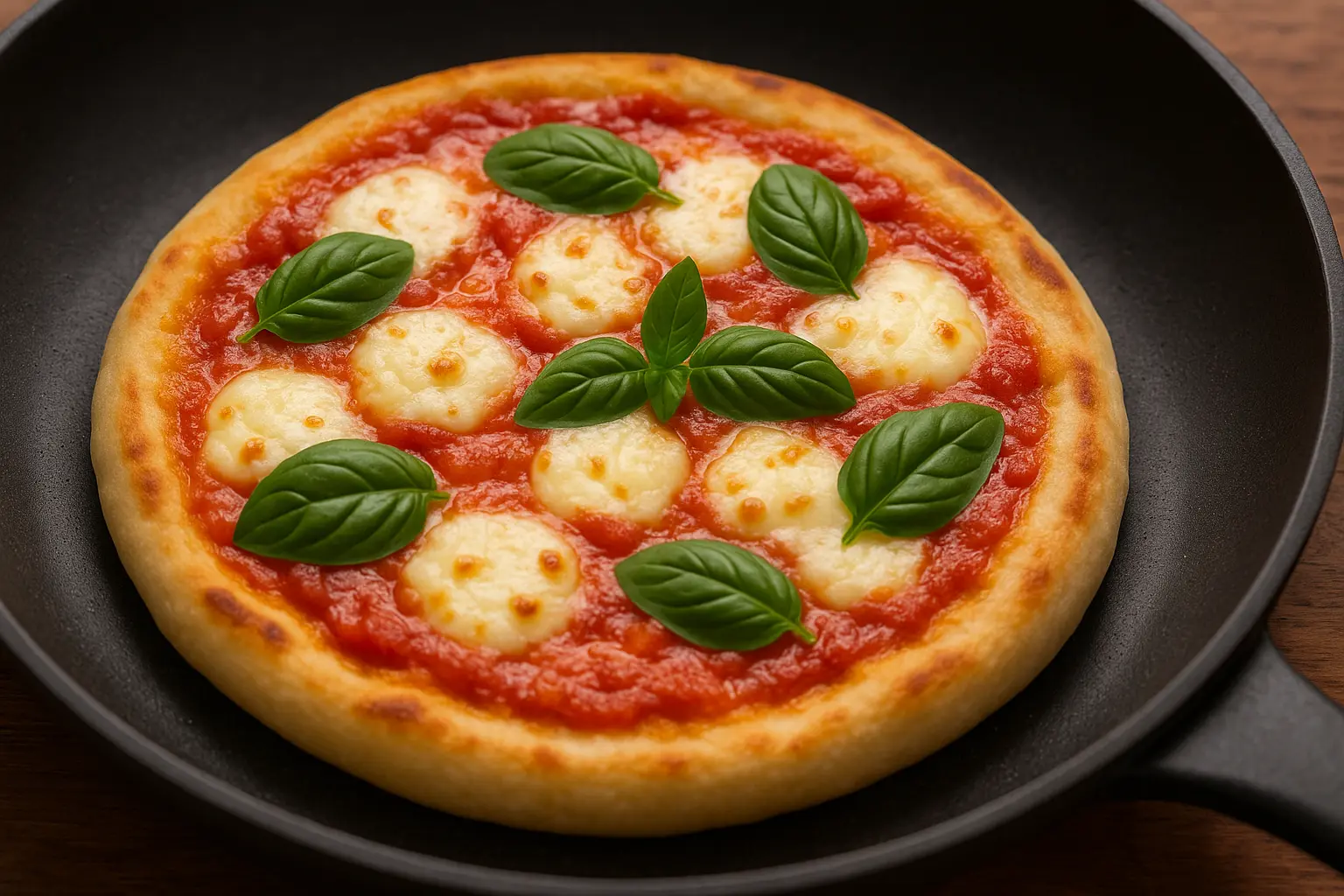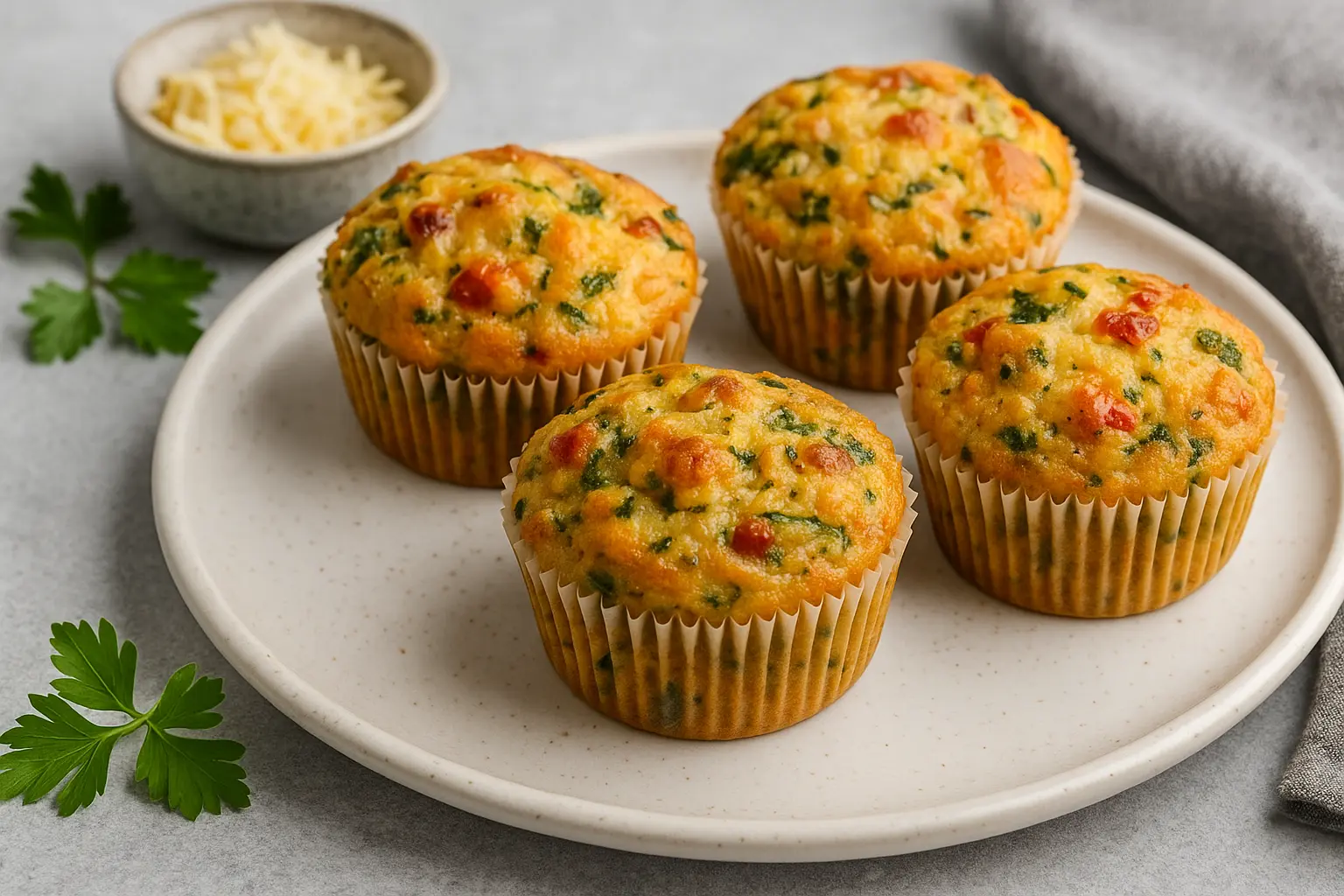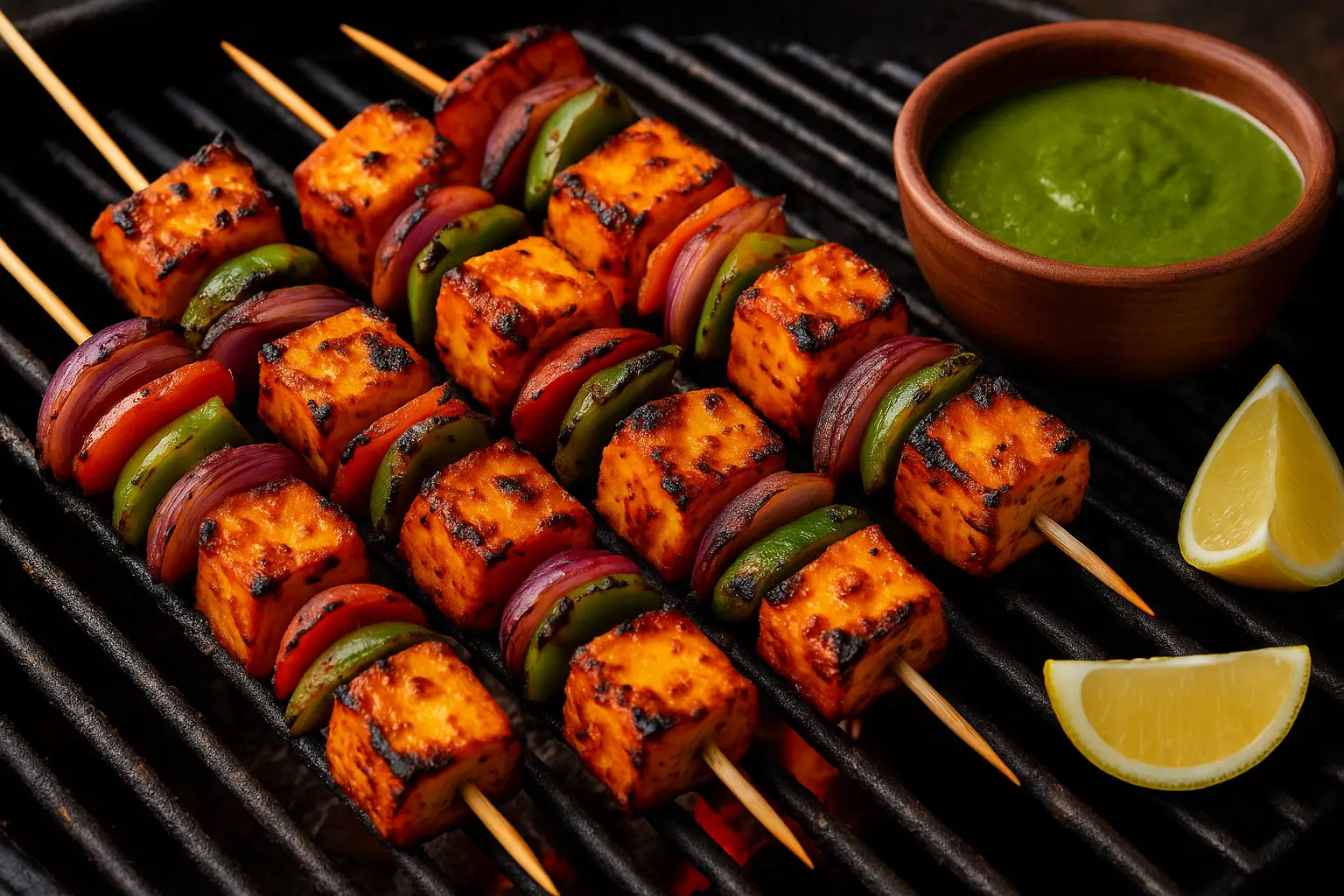Pizza is one of those universally loved dishes that has traveled across continents, adapted into countless versions, and found its way into nearly every kitchen. The one barrier that often comes up, though, is the need for an oven. Traditional pizza recipes assume access to a pizza oven or at least a home oven. But what if you live in a small apartment without one? What if you’re a student, a traveler, or simply someone who doesn’t want to heat up the whole kitchen?
That’s where stovetop and pan pizzas come into play. This method has been used in Italian homes for decades (yes, Italians too sometimes skip the oven), and it has gained global popularity because it is:
Fast: No need to preheat an oven; pizzas cook in 10–15 minutes.
Budget-Friendly: Works with minimal tools—just a flat pan, skillet, or tawa.
Flexible: Perfect for experimentation with global flavors and dietary preferences.
In this blog, we’ll dive into the art of making no-oven pizzas—from choosing the right dough to cooking techniques, topping ideas, global variations, and tips for making it foolproof. By the end, you’ll know how to whip up pizza anytime, anywhere, without an oven.

1. The Basics of No-Oven Pizza
Why Stovetop Pizza Works
When you think of pizza, you imagine intense oven heat crisping the dough while melting cheese on top. On the stovetop, the same effect can be recreated by combining:
Direct heat from the bottom (pan/tawa/skillet), which crisps the base.
Steam and covered cooking, which melts cheese and cooks toppings evenly.
This method is almost identical to making Indian rotis, Mexican tortillas, or flatbreads worldwide—it’s just finished with pizza toppings.
Tools You’ll Need
Heavy-bottom skillet, cast iron pan, or non-stick tawa
Flat lid or domed cover (to trap steam and heat)
Spatula (for lifting and checking the base)
Rolling pin (optional, you can also stretch dough by hand)
2. Choosing the Dough
The soul of pizza lies in the dough. For stovetop pizza, the requirements are slightly different than oven pizza: you want something that cooks evenly on a pan without drying out.
Option 1: Traditional Yeast Dough
Flour: All-purpose (maida) or bread flour
Water, yeast, olive oil, salt, sugar
Rested for 1–2 hours
Pros: Authentic flavor, airy crust
Cons: Slightly longer prep time
Option 2: Instant No-Yeast Dough
Self-raising flour (or flour + baking powder)
Yogurt or milk + salt + olive oil
Pros: Ready in minutes, soft and chewy
Cons: Less complex flavor
Option 3: Whole-Wheat or Multigrain Dough
Whole-wheat flour or mix with oats, millet, or quinoa flour
Same process as above
Pros: Healthier, high in fiber
Cons: Slightly denser texture
Option 4: Ready-Made Bases
Tortillas, pita bread, naan, or flatbreads
Just top and cook
Pros: Ultra-fast, no prep
Cons: Less customizable texture
3. Cooking Techniques
Method A: Skillet-Only Pizza
Roll out or place the dough on a lightly oiled pan.
Cook one side for 2–3 minutes until slightly golden.
Flip, then quickly add sauce, cheese, and toppings.
Cover and cook for 5–7 minutes until cheese melts.
Method B: Double Pan/Griddle Pizza
Place pizza base on one pan, then cover with an inverted second pan (creates oven-like heat).
Method C: Steamed Pizza (Desi Hack)
After crisping the base, add a splash of water to the pan’s edges before covering.
Steam helps cook thicker bases and toppings.
Method D: Deep-Pan Pizza
Use a small deep skillet.
Spread dough thickly, add sauce, toppings, and cover.
Cook on very low heat for 12–15 minutes.
4. Pizza Sauces for Variety
Classic Tomato Sauce
Canned tomatoes, garlic, olive oil, herbs (basil, oregano)
White Sauce
Butter, milk, flour, garlic, parmesan (or cheese of choice)
Pesto Sauce
Basil, nuts, parmesan, olive oil
Global Twists
Indian masala base (onion-tomato with spices)
Mexican salsa
Middle Eastern hummus
5. Topping Ideas
Here’s where stovetop pizza shines—small, quick pizzas encourage experimentation.
Classic Vegetarian
Margherita (mozzarella + basil + tomato)
Mushroom + spinach
Paneer tikka pizza (Indian-inspired)
Global Fusion
Mexican: beans, corn, jalapeños, salsa
Japanese: teriyaki mushrooms, seaweed flakes
Middle Eastern: falafel crumbles, tahini drizzle
High-Protein Options
Chickpeas + feta
Tofu + broccoli
Egg-topped breakfast pizza
Kid-Friendly
Mini pepperoni-style (with veggie sausages)
Cheesy corn pizza
Nutella + banana dessert pizza (yes, works on stovetop!)
6. Step-by-Step Recipe: Stovetop Margherita
Ingredients (serves 2 small pizzas):
1 cup flour (AP or whole-wheat)
½ tsp baking powder
2 tbsp yogurt
Pinch of salt
2 tbsp olive oil
¼ cup pizza sauce
½ cup mozzarella cheese
Fresh basil leaves
Steps:
Mix flour, baking powder, yogurt, and salt to form dough. Rest 10 mins.
Roll into thin rounds.
Heat skillet, drizzle olive oil, place dough.
Cook base 2–3 mins. Flip.
Spread sauce, sprinkle cheese, add basil.
Cover and cook 5–6 mins until cheese melts.
Slice and serve hot.
7. Tips for Perfect Stovetop Pizza
Preheat the pan well for crispy bottoms.
Keep flame medium-low once toppings are added to prevent burning.
Use a lid to create “oven-like” trapped heat.
Don’t overload toppings; heavy toppings prevent proper melting.
Experiment with cheeses: mozzarella, cheddar, gouda, vegan cheese.
8. Global Perspectives on No-Oven Pizza
India: Tawa pizza is a common street-food hack. Often made with naan or roti bases.
Mexico: Similar to tostadas—flat crispy bases with toppings.
Middle East: Manakish and flatbreads mimic pizza without ovens.
Italy: Pizza al padellino (pan pizza) is still sold in Turin and Naples.
9. Meal Prep & Storage
Dough can be made in advance and refrigerated 2–3 days.
Pre-cooked bases freeze well.
Leftover pizzas can be reheated on the same skillet (better than microwave).
10. FAQs
Q: Can I make vegan stovetop pizza?
Yes—use dairy-free cheese, or just load with veggies and hummus.
Q: How to prevent soggy crust?
Cook the base partially before adding toppings; keep sauce light.
Q: Can I make large pizzas this way?
Smaller sizes (8–10 inch) work better; large ones cook unevenly.
Conclusion
Pizza doesn’t have to be tied to an oven. With just a pan or skillet, you can recreate the magic of pizza—crispy crust, gooey cheese, flavorful toppings—in minutes. From weeknight dinners to student-friendly snacks, stovetop pizza is versatile, fun, and endlessly adaptable. Whether you go classic Italian or global fusion, these recipes ensure you’ll never have to skip pizza night again.
Leave a comment
Your email address will not be published. Required fields are marked *




















